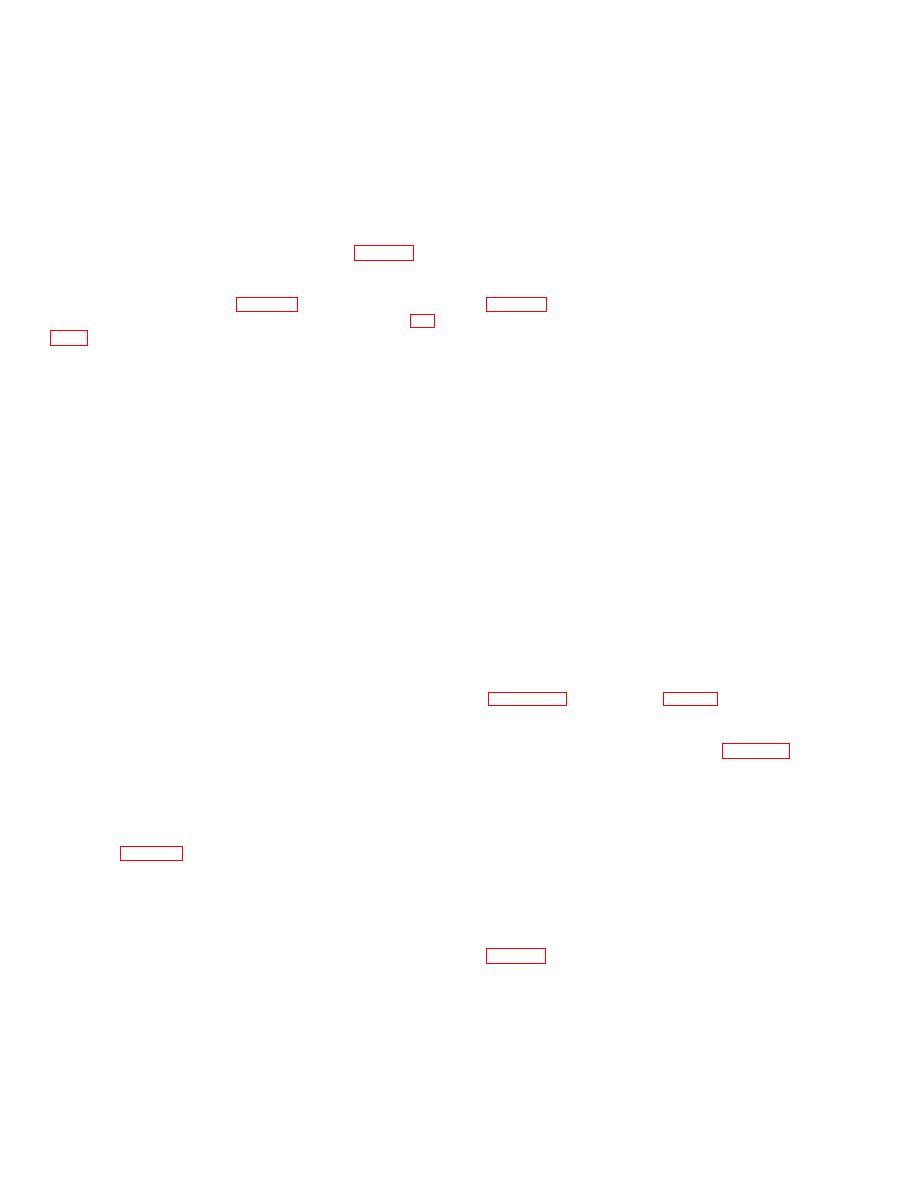 |
|||
|
|
|||
|
|
|||
| ||||||||||
|
|
 TM 9-258
Object distance - The distance of an object from the
Optical glass - Glass carefully manufactured to
eyes or from an optical system.
obtain purity, transparency, homogeneity, and correct
Objective - The lens in an optical system which
optical properties. See crown glass and flint glass.
Optical properties - In optical glass, those properties
receives light from the field of view and forms the first
which pertain to the effect of the glass upon light such as
image. It is the lens farthest from the eye and nearest
the object viewed.
Objective cap - A protective device, usually made of
freedom from defects.
Optical surface - A reflecting or refracting surface.
leather, which is placed over the objective end of the
instrument when the instrument is not in 'use (fig 4-37).
Optical system - A number of lenses, or lenses and
Objective prism - A right-angle prism employed in
prisms, or mirrors, so arranged as to refract, or refract
some types of instruments to bend light 90 before it
and reflect light, to perform some definite optical function
enters the objective system (fig 4-22).
Oblique Slanting; neither at right angles nor parallel (fig
Optics - That branch of physical science which is
concerned with the nature and properties of light, related
Ocular -
instruments, and vision.
1. A term sometimes applied to the eyepiece.
Orbit - The socket of the human eye.
2. Pertaining to, connected with, or used for the
Orient - In fire control, to find the proper bearing; to
eyes or eyesight.
fix the position of a gun, with reference to a
Ocular prism - The prism employed in a range finder
predetermined target point.
to bend the line of sight through the instrument into the
Orientation - Determination of the horizontal and
eyepiece.
vertical location of points and the establishment of
Off-carriage instruments - Those instruments used in
orienting lines, adjustment of the azimuth circle of a
artillery which are not mounted on the carriage of the
weapon or instrument to read required azimuths, and
weapon such as the aiming circle, BC periscope, and
adjustment of the vertical quadrant angle of elevation
range finder.
(angle of site plus angle or elevation) to required values.
Offset - See prism offset.
Orthophoria - A term used with reference to the eyes
Oldsightedness - See presbyopia.
indicating that both eyes are equally and properly
On-carriage instruments - Those instruments used in
controlled by eye muscles with the result that, with the
artillery which are mounted directly on the carriage of the
eyes at rest, they focus and converge upon a distant
weapon such as panoramic and elbow telescopes and
object.
Orthoscopic eyepiece - An eyepiece which has been
their associated telescope mounts.
Ophthalmic - Pertaining to the human eye.
corrected for distortion, particularly that type of eyepiece
Optic nerve - Nerve connecting the eye and the optic
having a triple element cemented field lens and a
centers of the brain.
planoconvex or meniscus converging eyelens
Optical - Pertaining to vision and the phenomenon of
Othoscopic lens - A lens which has been corrected
light.
Optical axis - The line formed by the coinciding
for distortion, giving an image in correct or normal
proportions, with a flat field of view (para 2-24i).
principal axes of a series of optical elements comprising
Panoramic telescope - A telescope so designed that
an optical system; in other words, an imaginary line
the image remains erect and the position of the \fs20
passing through the optical centers of the system.
Optical center - Point in a lens on a line connecting
eyepiece is unchanged as the line of sight is pointed in
any horizontal direction.
all focal points, peculiar in that it is a point through which
Parabolic mirror - A concave mirror which has the
the rays of light pass and emerge parallel to their path of
form of a special geometrical surface; a paraboloid of
incidence (fig 2-45). It is in the geometric center of the
revolution. Light rays emanating from a source located
thickest part of a converging (convex) lens and of the
at the focal point of the paraboloid are reflected as
thinnest part of a diverging (concave) lens.
Optical characteristics - Those properties of an
parallel rays. Most searchlights are of this design. All
light rays which are parallel and strike the mirror directly
optical system which it possesses by reason of its optical
from the front are reflected towards the focal point
or visual nature such as field of view, magnification,
brightness or image, and freedom from distortion.
Parallactic angle - In range finding, the angle at the
Optical - element A part of an optical instrument
target subtended by the base length. The
which acts upon the light passing through the instrument
such as a lens, prism, or mirror.
B-23
|
|
Privacy Statement - Press Release - Copyright Information. - Contact Us |